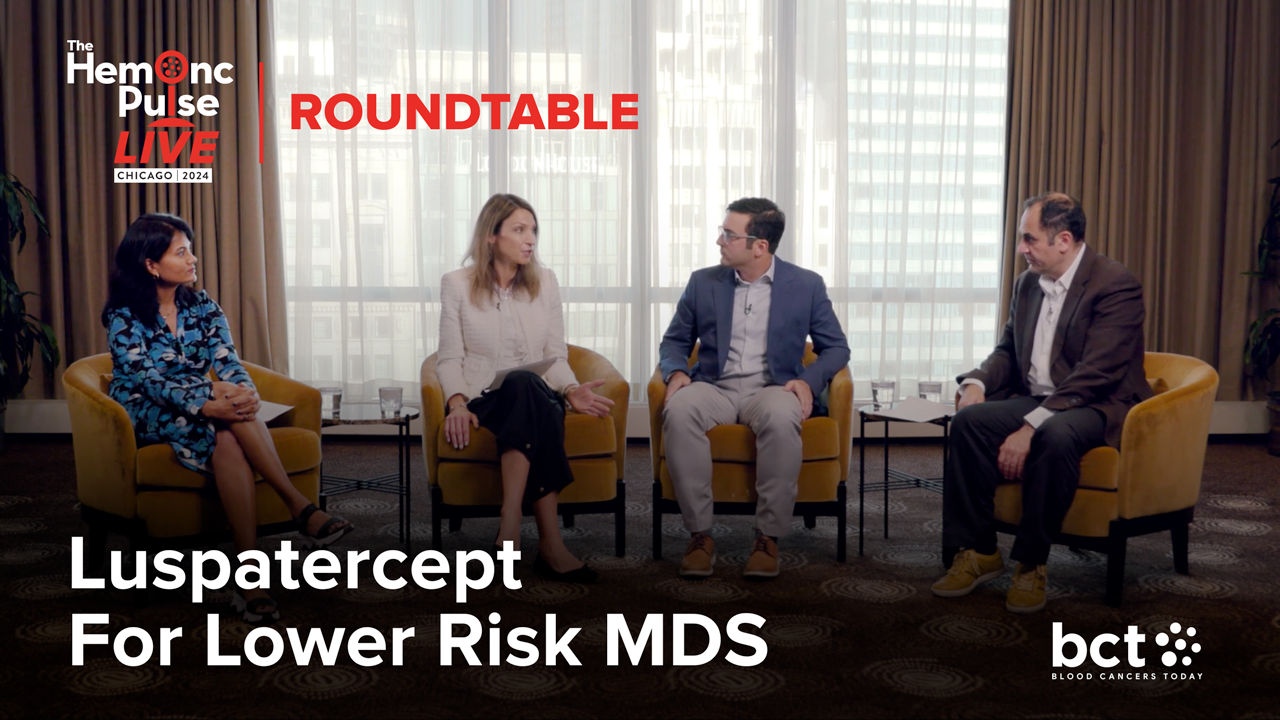Jamile Shammo, MD, Describes the Impact of NGS Data on MDS Care
By Chadi Nabhan, MD, MBA, FACP, Jamile Shammo, MD, Andrew Moreno - Last Updated: July 19, 2024At the “The HemOnc Pulse” Live meeting in Chicago, Illinois, Chadi Nabhan, MD, MBA, FACP, spoke with Jamile Shammo, MD, of Northwestern Medicine. Following the session on unanswered questions in myelodysplastic syndromes (MDS), Dr. Nabhan asked Dr. Shammo for her impressions of the current state of MDS management.
According to Dr. Shammo, an important recent topic is the significant effect new data obtained through next-generation sequencing (NGS) have on MDS care. Thanks to these data, clinicians know more about molecular lesions in MDS and can intervene earlier in certain diseases.
“This notion of pre-MDS is becoming prevalent. We used to think about MDS as preleukemia,” Dr. Shammo remarked.
The new insights gained from NGS have also resulted in changes to MDS classification and risk evaluation, including recent updates to the International Consensus Classification and World Health Organization MDS classification systems.
Dr. Shammo noted that the classification systems’ new disease subsets based on mutation are helpful for treatment selection.
“Designation of splicing factor 3B subunit 1 and chromosome 5q deletion and TP53 was not something that we had in prior classification systems. I think that’s very important,” Dr. Shammo said.
Drs. Nabhan and Shammo both felt clinicians are now more optimistic about actions they can take to manage MDS. Dr. Shammo agreed that much of the data presented on novel agents, such as from the COMMANDS trial, are promising. However, more must be learned, especially about TP53-mutated disease.
“I still don’t think we have a slam-dunk drug to treat this entity. But that’s sort of the Holy Grail of treating this disease and many others for that specific mutation,” Dr. Shammo said.






 © 2025 Mashup Media, LLC, a Formedics Property. All Rights Reserved.
© 2025 Mashup Media, LLC, a Formedics Property. All Rights Reserved.